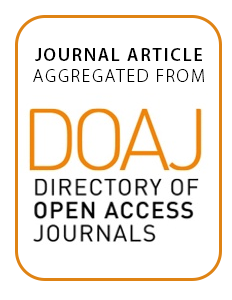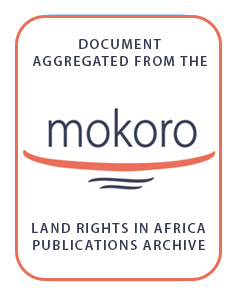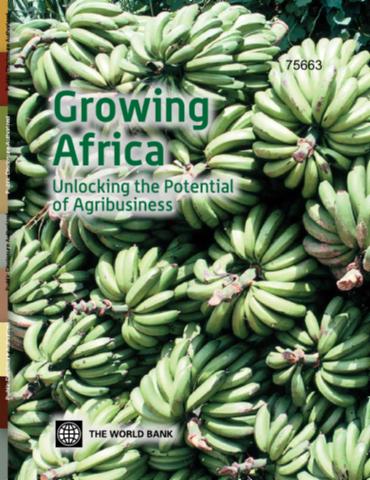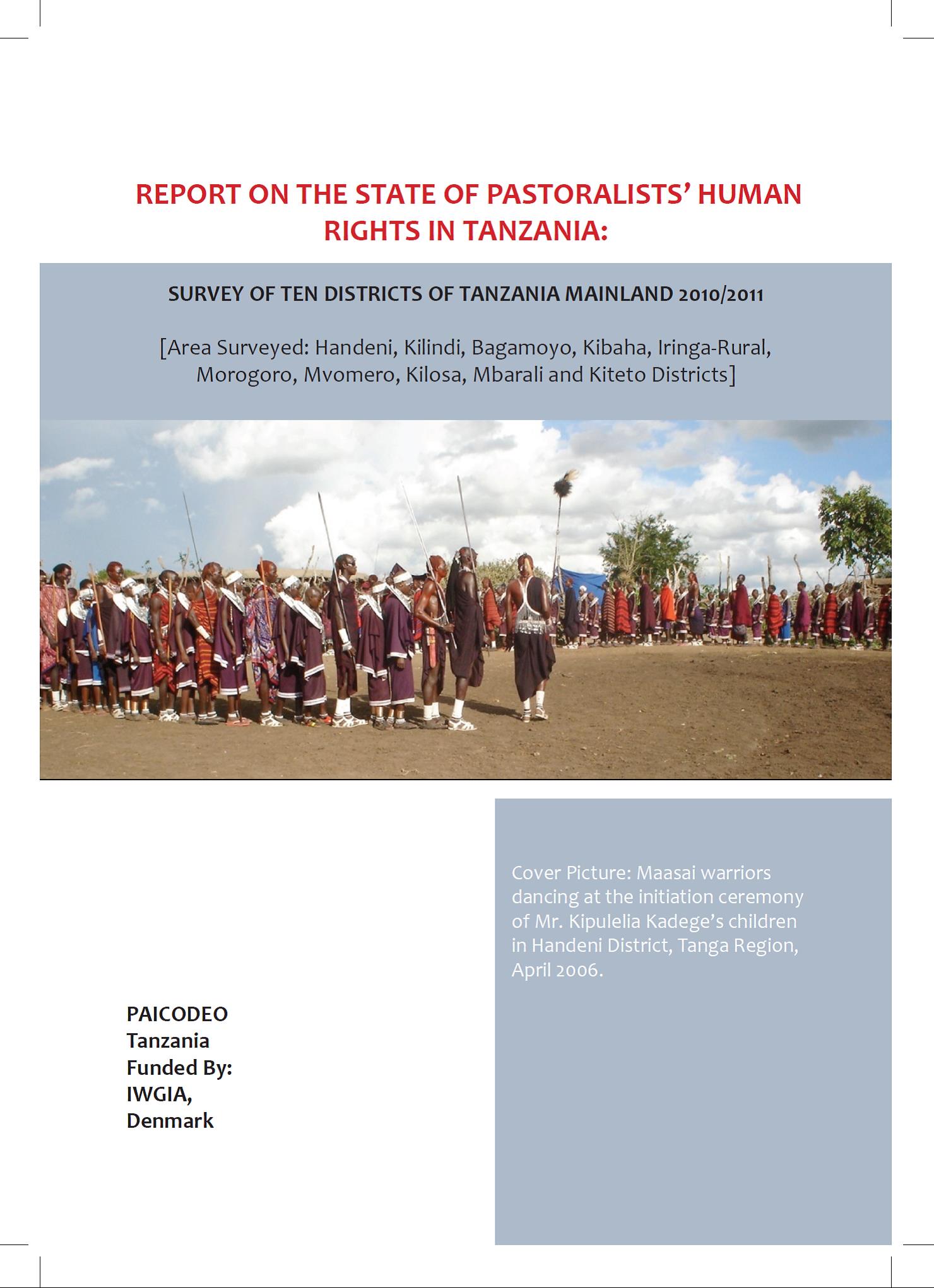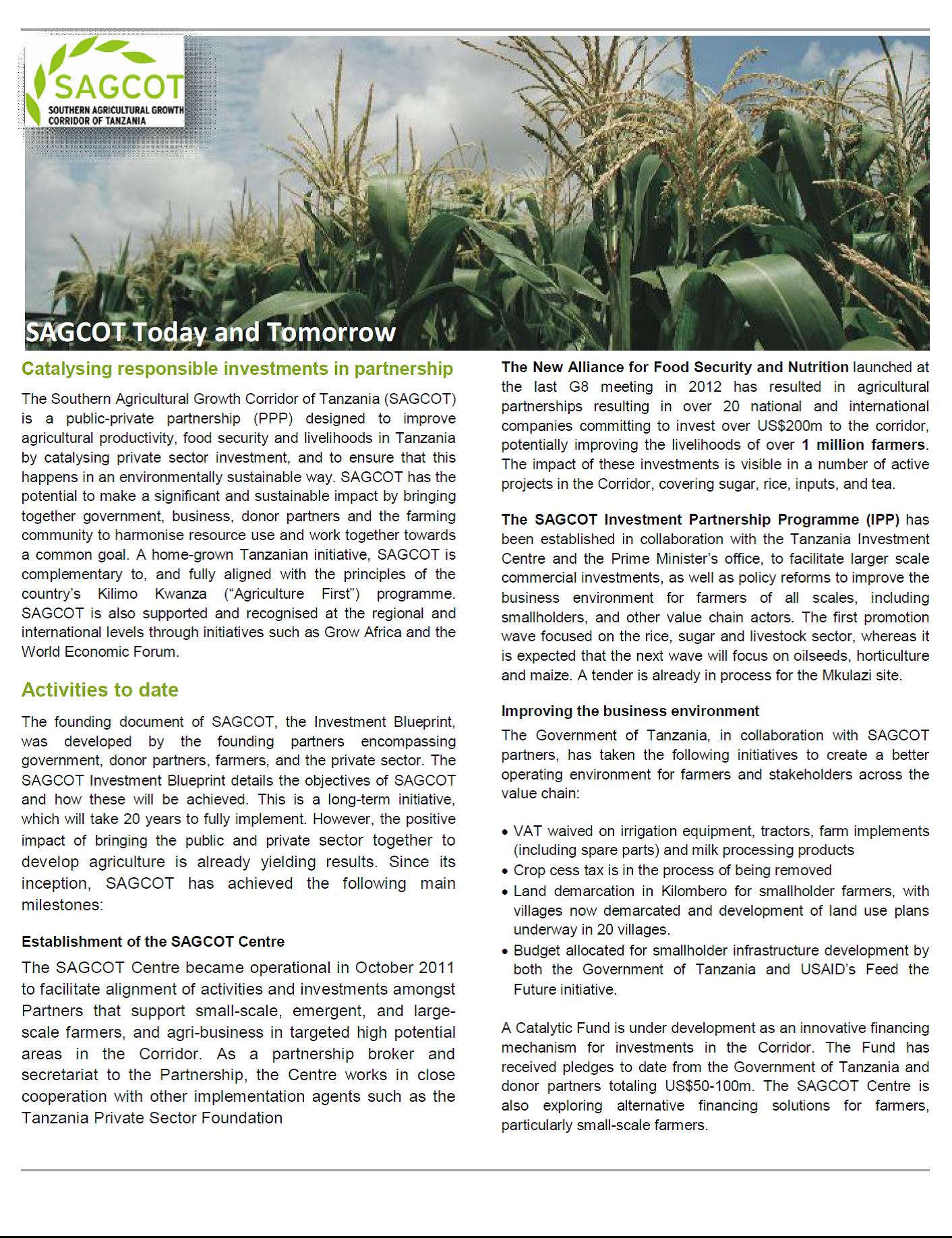Large Scale Land Acquisitions in Mozambique: Ways Forward in ‘Pro-Poor’ and Participatory Land Governance
In international debates about land governance, Mozambique is often mentioned as an example of a country with favorable framework for local communities to benefit from landbased investments. However, it is also one of the countries highlighted in land grab debates for being one of the top countries where foreign companies and national elites are acquiring large extensions of land. It is increasingly clear that in spite of the favorable legal framework and pro-poor policies, local communities are under stress.


